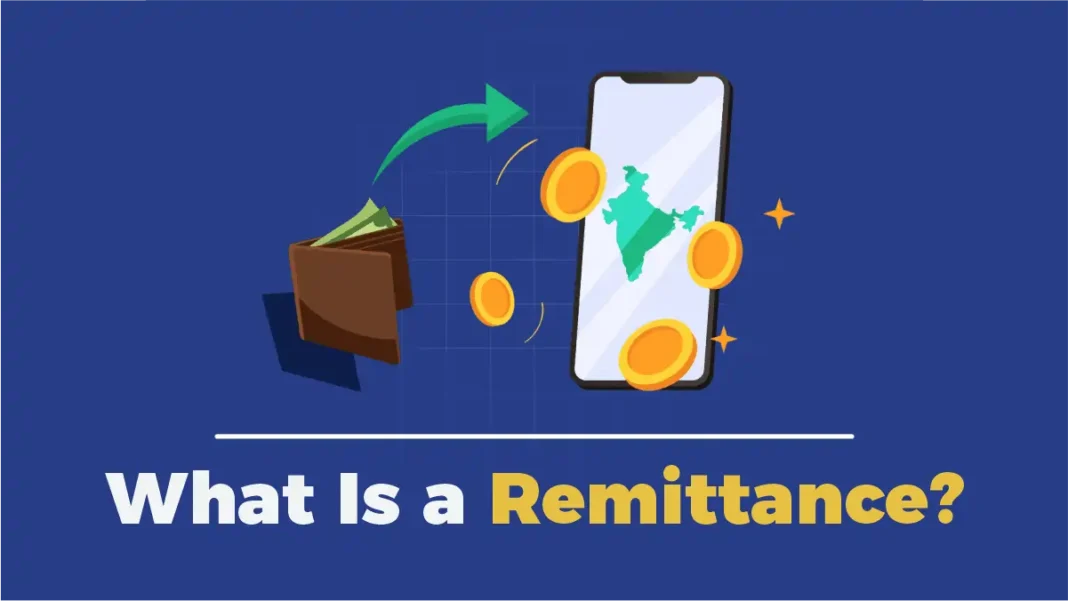In today’s globalized economy, remittances play a crucial role in supporting families, fueling development, and stabilizing economies. But what exactly is a remittance, and how do international money transfers work in 2025? With over $860 billion in remittances sent globally in 2024 alone, understanding this financial lifeline is more important than ever[1].
This guide explores the mechanics of remittances, the evolving technologies behind them, the regulatory frameworks shaping them, and the real-world impact they have on individuals and nations.
What Is a Remittance? A Lifeline Across Borders
A remittance is a sum of money sent by a person working abroad to someone in their home country. These transfers are typically made by migrant workers to support their families, pay for education, or invest in property and businesses back home.
According to the World Bank, remittances to low and middle-income countries grew by 5.8% in 2024, outpacing foreign direct investment and official development assistance [2]. This underscores their importance not just as personal financial support, but as a macroeconomic stabilizer.
How Do International Money Transfers Work?
Traditional vs. Modern Transfer Methods
There are three main channels for sending money internationally:
- Bank Transfers: These use the SWIFT network and are known for reliability but come with high fees and slow processing times (2–5 business days) [3].
- Money Transfer Operators (MTOs): Companies like Western Union and MoneyGram offer fast transfers and cash pickup options, especially useful in regions with limited banking infrastructure.
- Fintech Platforms: Apps like Wise, Remitly, and Revolut offer low-cost, fast, and transparent transfers, often with real-time tracking and mobile wallet integration.
The Transfer Process
A typical international money transfer involves:
- Sender registration and KYC verification
- Input of recipient details
- Currency conversion and fee disclosure
- Transfer execution via banking or digital rails
- Delivery to recipient’s bank, mobile wallet, or cash pickup point
The Cost of Sending Money: Fees, Exchange Rates, and Hidden Charges
Despite technological advances, sending money internationally still incurs costs. The World Bank’s Remittance Prices Worldwide report shows that the global average cost of sending $200 was 6.62% in Q3 2024, far above the UN’s 3% target [4].
Key Cost Factors:
- Transfer Fees: Flat or percentage-based, depending on provider
- Exchange Rate Margins: Often hidden in poor conversion rates
- Third-Party Fees: Intermediary banks or local agents may deduct additional charges
Digital-only MTOs and fintech platforms are helping reduce these costs. For example, Wise charges around 0.5% plus a small fixed fee, while Remitly offers near-instant delivery in many corridors for under $5 [3].
Regulation and Consumer Protection in 2025
The Remittance Transfer Rule
In the U.S., the Remittance Transfer Rule (part of the Electronic Fund Transfer Act) mandates transparency in international transfers. Updated in 2025, it requires:
- Clear fee and exchange rate disclosures
- Estimated delivery timelines
- Consumer rights for error resolution and cancellation [5]
Globally, regulators are tightening oversight to combat fraud, money laundering, and terrorism financing. The Financial Action Task Force (FATF) and Consumer Financial Protection Bureau (CFPB) are leading efforts to ensure compliance and protect consumers.
Technology Trends Shaping Remittances in 2025
Blockchain and CBDCs
Blockchain is revolutionizing remittances by enabling secure, low-cost, and near-instant transfers. Central Bank Digital Currencies (CBDCs) are also gaining traction, with countries like China, Nigeria, and the EU piloting or launching digital currencies for cross-border use [6].
Artificial Intelligence and Automation
AI is enhancing fraud detection, optimizing exchange rates, and powering 24/7 customer support via chatbots. Automated eKYC processes are also reducing onboarding times and improving compliance.
Mobile Wallets and Financial Inclusion
Mobile money platforms like M-Pesa and GCash are expanding access to financial services in underserved regions. In 2025, over 70% of remittance recipients in Sub-Saharan Africa use mobile wallets, up from 45% in 2020 [6].
People Also Asked
What is the difference between a remittance and a bank transfer?
A remittance is a type of bank or money transfer, typically sent by migrants to family abroad. Not all bank transfers are remittances, but all remittances involve transferring money across borders.
How long does an international money transfer take?
Depending on the method, transfers can take from a few minutes (via fintech apps) to 5 business days (via traditional banks).
Are remittances taxable?
In most countries, remittances are not taxed as income for the recipient. However, large transfers may trigger reporting requirements or scrutiny under anti-money laundering laws.
What is the cheapest way to send money internationally?
Fintech platforms like Wise and Remitly often offer the lowest fees and best exchange rates, especially for smaller transfers.
Conclusion: The Future of Remittances
Remittances are more than just financial transactions—they are acts of love, lifelines for families, and engines of economic growth. As technology evolves and regulations tighten, the remittance landscape is becoming more efficient, transparent, and inclusive.
“Remittances are the most tangible link between migration and development. They empower families, reduce poverty, and build resilience in fragile economies.”
– Dilip Ratha, Head of KNOMAD, World Bank


